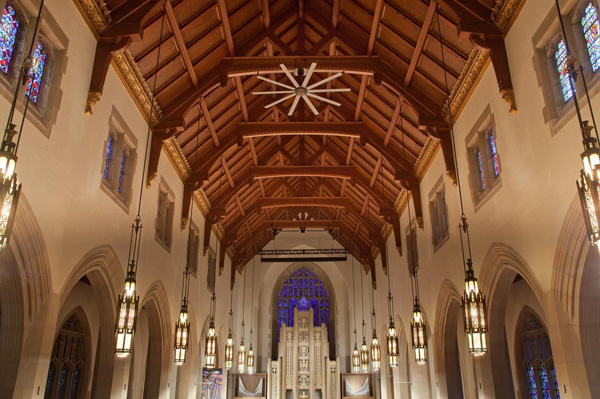‘A Stitch in Time – Guidance Notes in Maintaining your Place of Worship’
Guidance Note 6 – Cooling, Heating & Ventilation
The fabric of traditional church buildings usually does not accommodate the retrospective installation of modern heating and cooling systems well, especially where the church is of historic significance. Before environmental control systems are installed heat losses and gains should be reduced to a minimum by fitting insulation and by closing up gaps to prevent unwanted air movements. Once again, the sensitive nature of historic church fabric can make insulating and draughtproofing difficult, if not impossible.
New heating and cooling systems must be designed to suit the ways in which places of worship are used – the systems required for a church used 7 days a week may not suit a place of worship that is only used on a Sunday.
There are two alternative types of heating: Central heating, that provides an even distribution of heat throughout a whole building whilst heating the fabric; and, Local heating, that dispenses only small amounts of radiant heat to targeted areas.
Because it minimises the dispersion of heat, Local heating is suitable for non-energy-efficient historic buildings because heat losses are smaller.


A great way to achieve environmental control in large spaces is by means of underfloor heating and cooling supplied by ground or air-source heater exchangers. Drawbacks are that capital costs are high and replacing heritage floors in many historic churches may not be acceptable because of their heritage significance. The advantages are economic running costs, and the fact that floors can be heated in the cold months and cooled at hot times of the year. Also, underfloor heating can maintain a steady background warmth in the fabric of church buildings during the winter and this works particularly well where churches are used regularly during the week.



Ian Hamilton, Director
Arcuate Architecture, Adelaide
Website: www.arcuatearchitecture.com.au
Email: ianh@arcuatearchitecture.com.au
Phone: (08) 7231 5701




